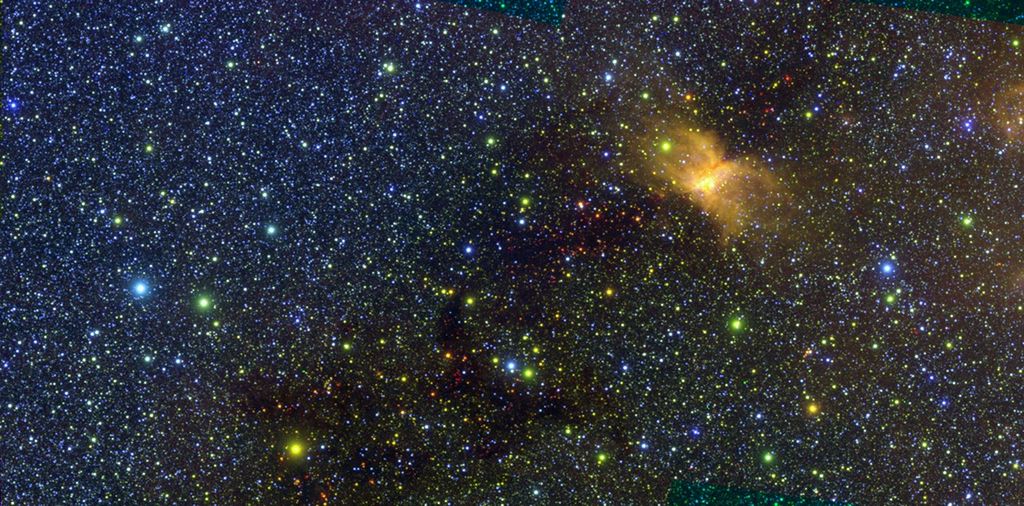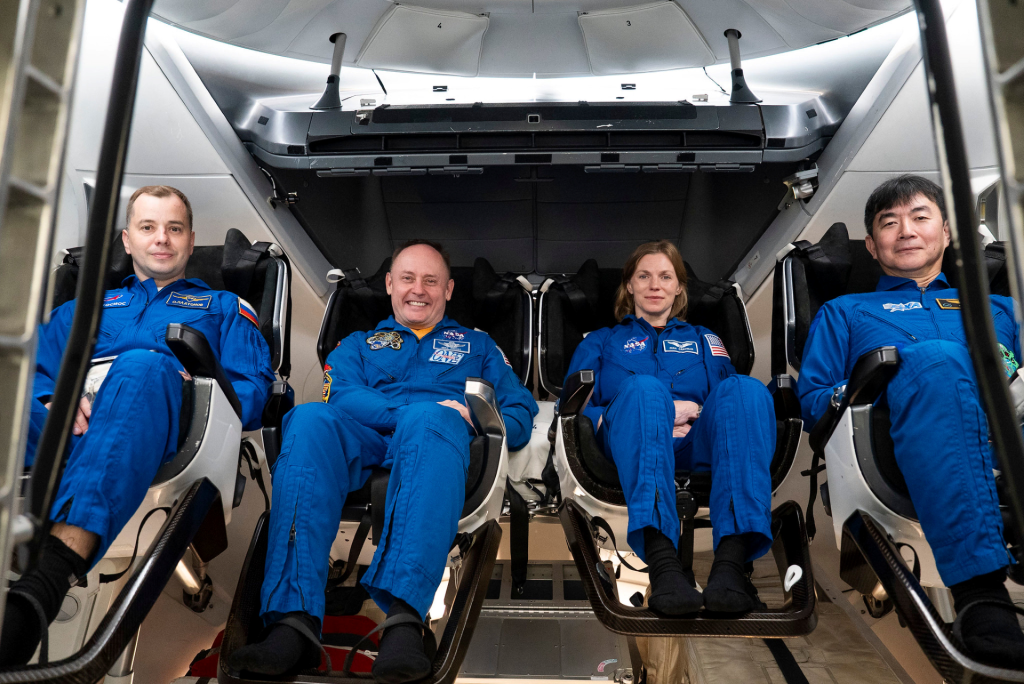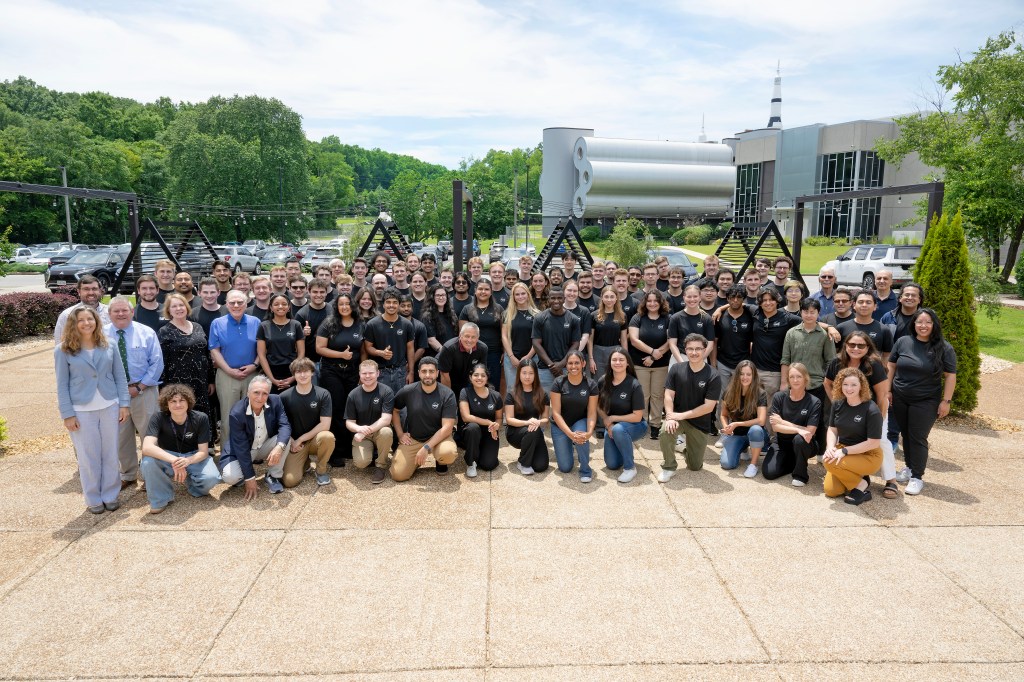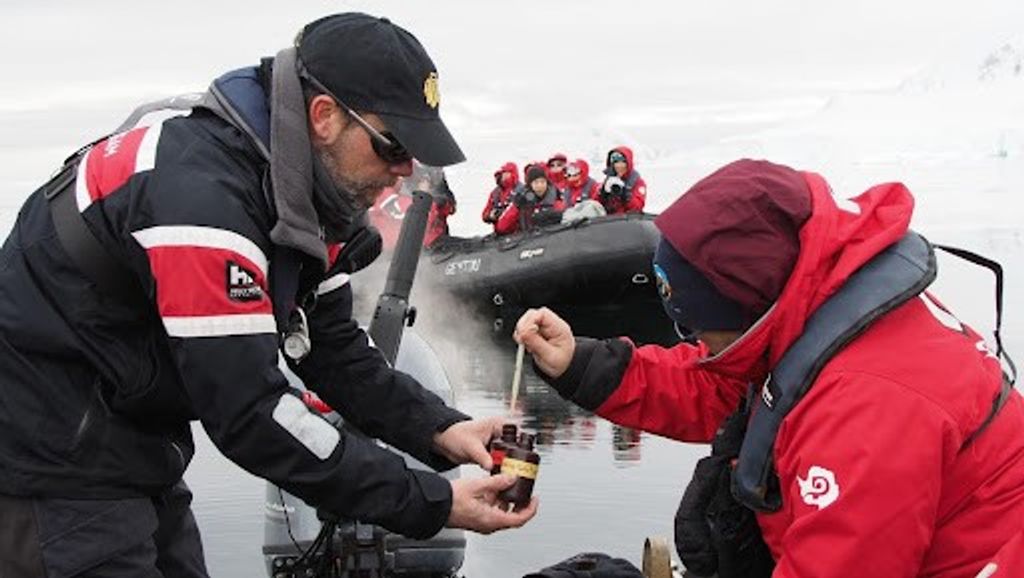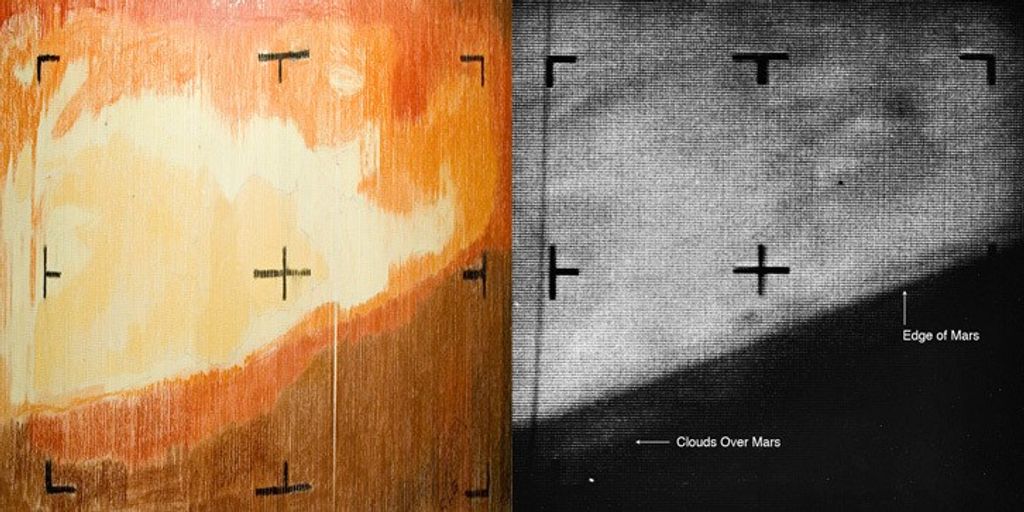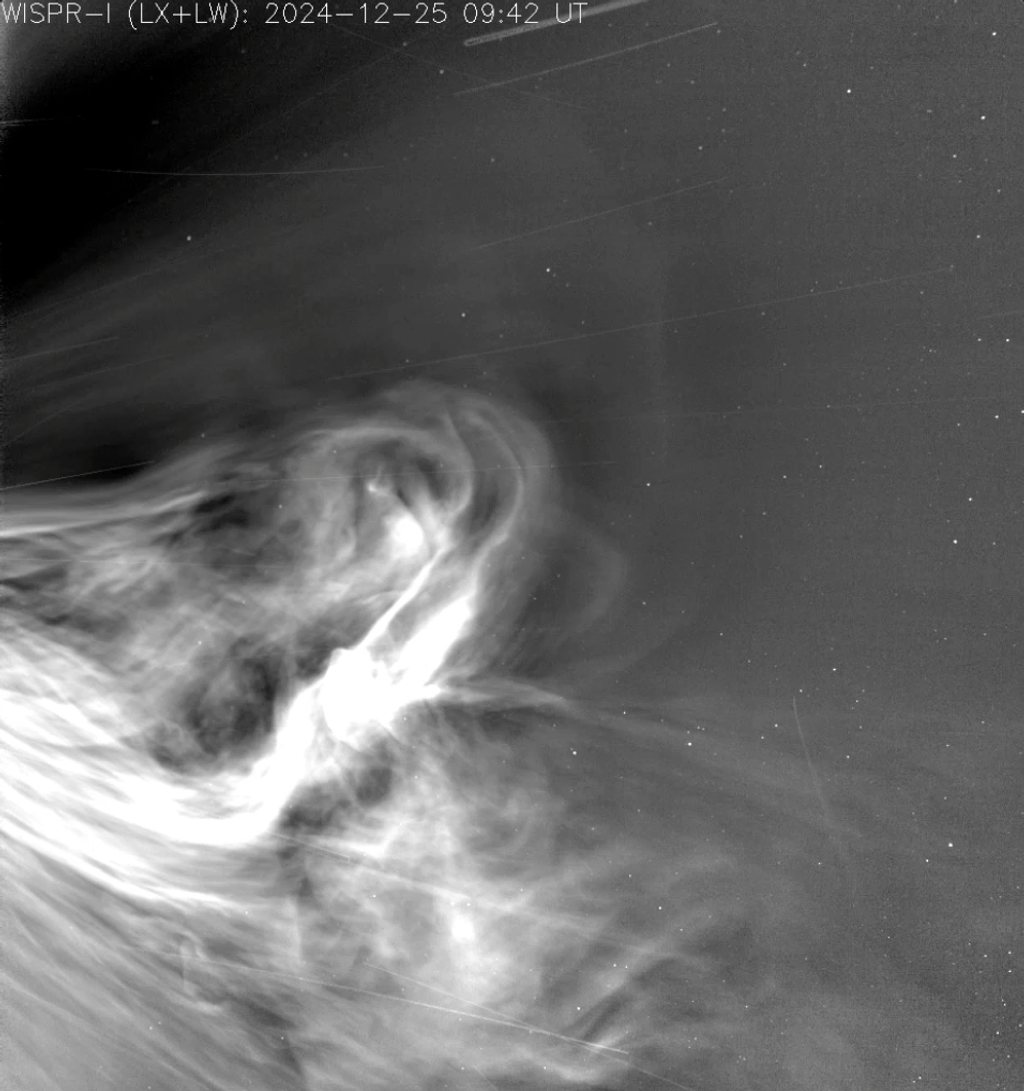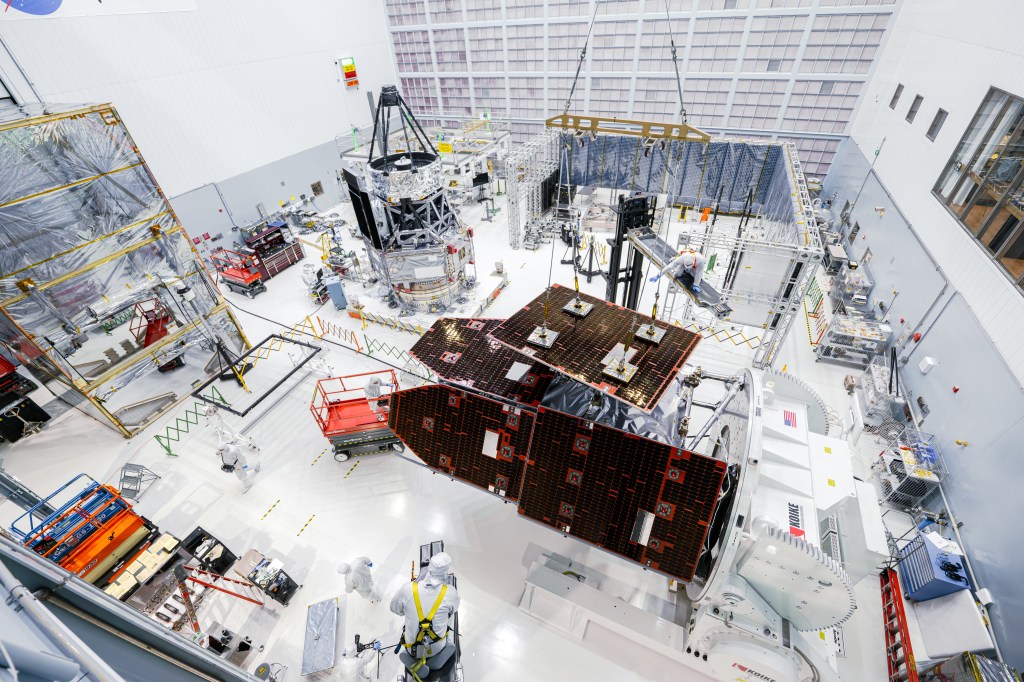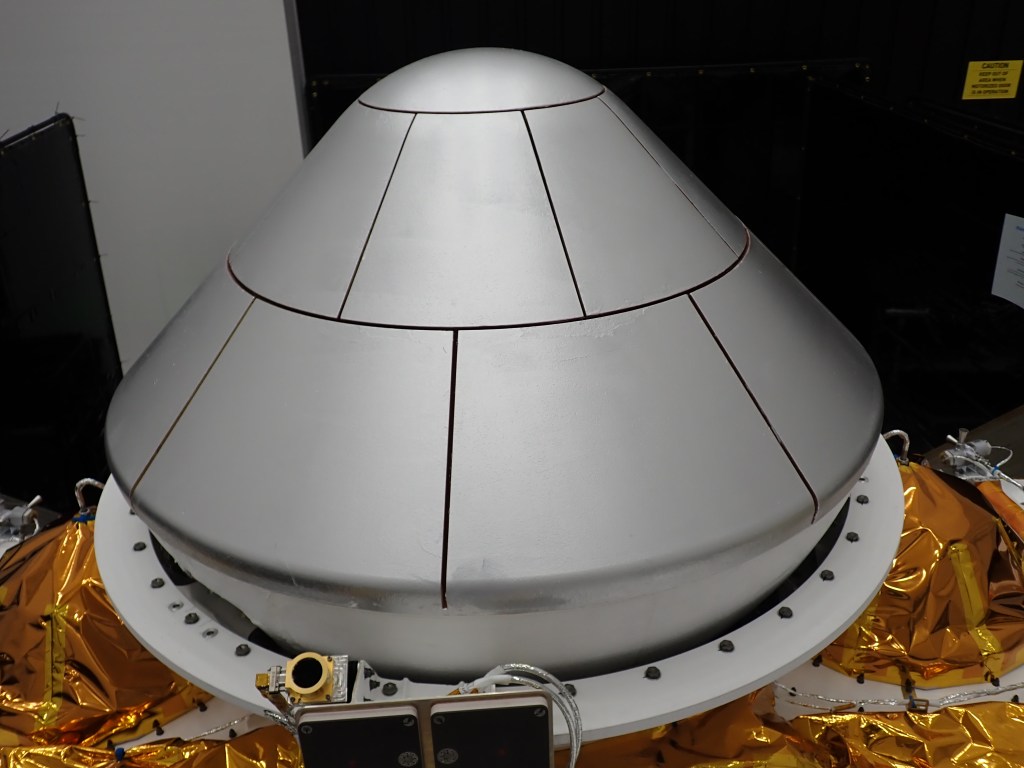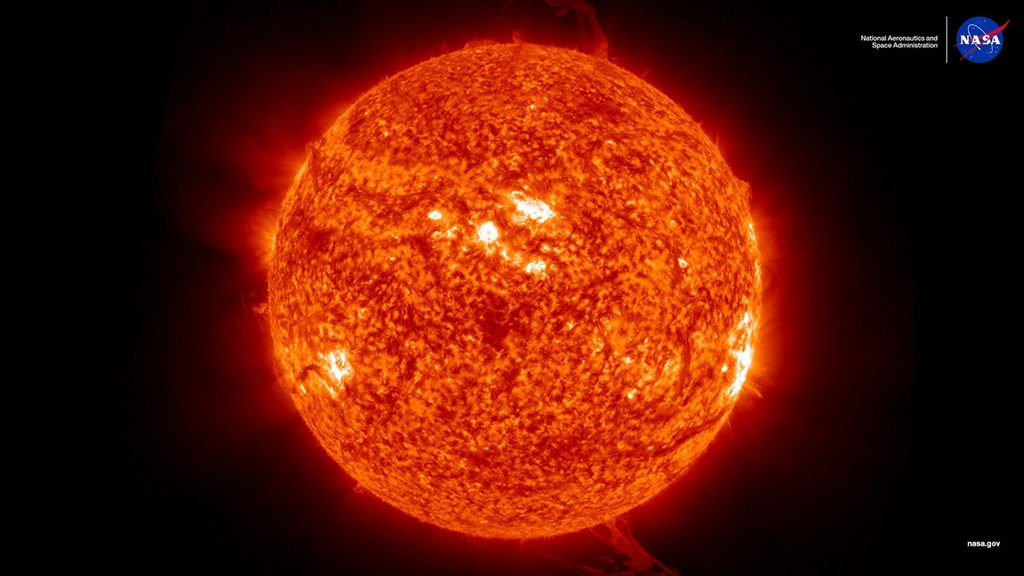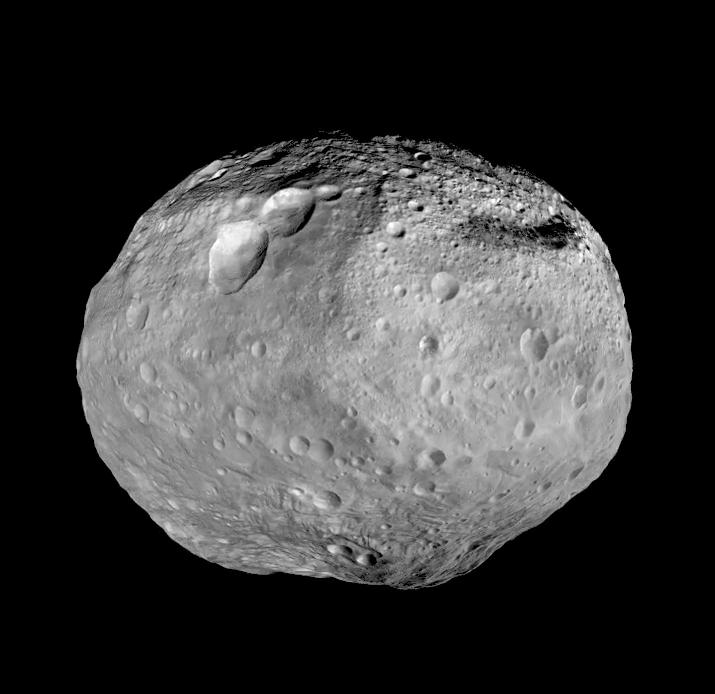| Initiative | Description/Benefit | Status |
| Pointing and Control |
| 2-Gyro Science Mode | Attitude control using 2 gyros + another sensor (MSS, FHSTs, FGS) to achieve high quality science with only 2 gyros. | Implemented (2005-2009) |
| 1-Gyro Science Mode | Attitude control with 1 gyro + combination of MSS, CSS, FHSTs, FGS, and B-field model. Performance equivalent to 2-gyro mode. | Implemented (2024) |
| Two Reaction Wheel Reduced Gyro Science Mode | Science mode using 2 wheels and reduced gyros, with magnetic torquers in place of the missing wheel, and CSS, MSS, and gyros as sensor input to Kalman Filter. Extends science mission if two wheels fail. | Feasibility Study & Peer Review Complete (2014) |
| Alternate Roll Control Feasibility/Efficacy | Develop an alternate roll control capability to minimize science impacts of an FGS failure. | Investigating |
| Reduced-Wheel Reduced-Gyro Safemode | In the event of two reaction wheel failures, RGRW safemode uses magnetic torquers as actuators in the wheel-less axis and CSS, MSS as sensor input to the Kalman Filter. | Implemented (2012) |
| Kalman Filter Sun Point (KFSP) Safe Mode | Sun point control law using combination of CSS, MSS, and any number of gyros. | Implemented (2008) |
| Reaction Wheel Speed Reduction During Slews | Modify command generator to reduce maximum wheel speeds during maneuver, reducing probability of RWA component failure. | Implemented (<2005) |
| Fixed Head Star Tracker Shutter Management | Reduce use of FHSTs to minimize FHST shutter cycles/wear and ensure bright object FHST protection. | Implemented (<2005) |
| Science Instrument and Payload Control |
| SI C&DH B-Side Science Operations | Restores a level of SI C&DH redundancy. BSO leverages the remaining SI C&DH Side B operational capacity in tandem with new functionality in HST486 FSW, modifications to NSSC-1 FSW, Science Instrument FSW, STScI and GSFC Ground Systems, and Operational Procedures. | Scheduled (2026) |
| Science Data Formatter Temperature Mitigation | Minimize post-SM4 Bay 10 temperature excursions and increase expected operational life of Science Data Formatter. | Implemented (2011) |
| Science Instrument Hybrid Modes | Identify potential science mode configurations of the remaining viable science instrument assets. ACS and STIS complete (2010). WFC3 and COS initial prep complete, next step triggered on failure. | Feasibility Study Complete (2010) |
| Science Instrument Power Train Side Switch | Prepare for science instrument power train side switch. Used on orbit for ACS in 2006/2007. COS and WFC3 preparations completed in 2013. Recovery within 7 days after anomaly investigation. | Preparation Complete (2006,2013) |
| NSSC-I Memory Module Failure | Develop NSSC-I FSW recovery process needed for possible memory module failure. Shorter recovery and quicker return to science. | Preparation Complete (2006) |
| Data Management and Communication System |
| Enhanced Capability of Loading Alternate 486 CPMs | Loading backup 486 computer CPMs via 1553 interface | Implemented (2016) |
| Single SSR Operations | Procedures ready for single SSR Ops. Eng/Sci partition size adjustable, recommended reduce Eng by 45%. | Preparation Complete (2013) |
| I&C Contingency Response Options | Define all onboard comm related failure paths and response philosophies to significantly reduce recovery time. | Complete (2011) |
| HST Data Management System Side Switch | Prepare in advance for a full S/C side switch; used in 2008 & 2021 for SI C&DH side switch. Shorter recovery; quicker return to science. | Implemented (2008 & 2021) |
| Autonomous Reset after Solid-State-Recorder Lockup | HST486 computer commands a reset of a locked-up SSR | Feasibility Study Complete (2013) |
| Thermal Control of Equipment Bays 5 and 8 | Asymmetric roll constraints before blankets installed during SM4. Maintains bays/subsystems within thermal limits. | Implemented (2009) |
| MA Transmitter Cycle Reduction | Reduce MAT cycles by maximizing concurrent scheduling and eliminating unnecessary events w/o added risk. MATs are needed for real-time engineering telemetry. Reduced MAT cycles by ~37%. | Implemented (2006) |
| S-Band Single Access Transmitter Management | Use of two SSATs in operations rather than only one. Longer services resulting in reduced SSAT cycles. | Implemented (<2005) |
| Power System |
| Power System Charge Optimization | Optimize charging and operations to maximize battery life. Taper charge extends NiH2 battery life and minimizes state-of-charge losses. | Implemented (2006) |
| Solar Array Slew Optimization | Reduces the number of slews by approximately 50% while maintaining sufficient power output. | Implemented (1993) |




